
The main mineral of silica is quartz, and it generally also contains various impurity minerals such as feldspar, mica, clay and iron. When making high-purity and ultra-high-purity quartz raw materials, all impurities other than silica should be removed. Among the them, the main harmful impurities are minerals containing iron and aluminum. Therefore, how to efficiently purify silica sand raw materials is mainly reflected in whether the impurities containing iron and aluminum are effectively removed. According to the impurity components of silica raw materials and the occurrence state of inclusions on the surface of silica minerals, the extraction process is mainly divided into scrubbing, magnetic separation, flotation, acid leaching and so on. You can get a brief introduction of these processes from the following.

Scrub is a extraction method that removes the thin film iron and mud-containing impurities on the surface of silica under the action of mechanical force and friction between mineral particles. The shale in the silica minerals can be effectively removed through the classification process. The main scrubbing methods are mechanical scrubbing, rod friction scrubbing, dosing high-efficiency and powerful scrubbing and ultrasonic scrubbing. The details of these four scrubbing methods are as follows.

A. Mechanical scrubbing
Mechanical scrubbing iron removal is to remove thin-film iron and other impurities on the surface of the ore particles by equipment and using external force and the frictional collision force between the silica ore particles. Studies shows that when the concentration of silica scrubbing pulp is between 50-60%, there is a better extraction effect.
B. Rod friction scrubbing
This process can improve scrubbing efficiency while changing the particle size of silica minerals. This provides a mineralogy basis for further silica beneficiation. There are many factors that affect the effect of rod friction scrubbing, such as the concentration of silica slurry, scrubbing time, the amount of rods added and the ratio of rods. In addition, the rod friction scrubbing process is selective. After scrubbing, the particle size of the mineral product is relatively uniform, and the over-grinding situation is less likely to occur.
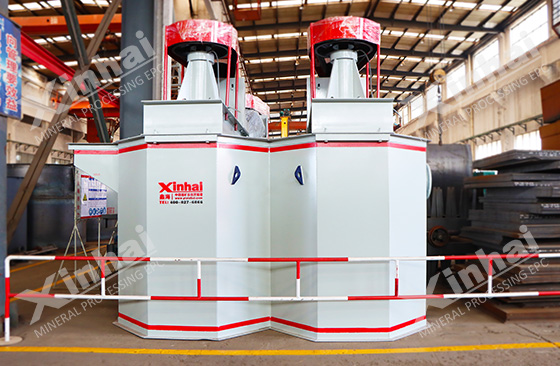
C. Dosing high-efficiency and powerful scrubbing
This process mainly increases the electrical repulsion between the surface of the silica and the impurity mineral particles through the action of the drug to enhance the separation effect between the mineral particles.
D. Ultrasonic scrubbing
The secondary iron film is the main reason that the silica sand iron is too high and difficult to purify. This process removes the secondary iron film on the surface of silica mineral particles. It mainly uses ultrasonic waves to remove impurity minerals adhering to the surface of silica particles to achieve impurity removal and extraction.
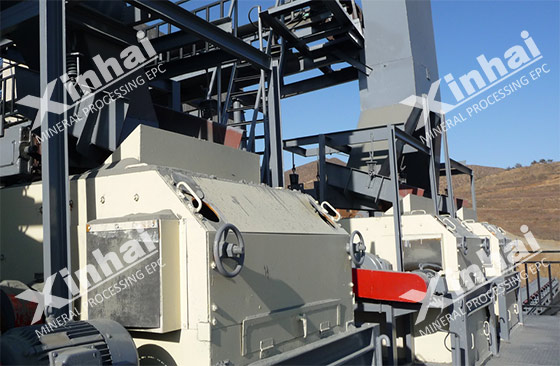
The magnetic separation to extract silica can effectively remove magnetic minerals including conjoined particles, such as hematite, limonite, biotite, ilmenite, pyrite, and garnet. In addition, this method also removes mineral particles encapsulated by magnetic minerals. Magnetic separation can be classified into two categories: dry and wet. The higher the magnetic field strength, the higher the impurity detachment rate of the silica purified by dry magnetic separation. Experiments show that when the magnetic field intensity is controlled at 10000Oe, the obtained SiO2 is ≥99%, Fe2O3≤0.07%. It has been proved by many tests that the effect of magnetic separation to remove iron and purify silica is directly related to the times of magnetic separations and the strength of the magnetic field. The more magnetic separation times, the lower the iron content of the concentrate. Most of the iron-containing impurities can be removed under a specific magnetic field strength, but the increase of the magnetic field strength has little effect on the iron removal rate. What shoule be noted is that the finer the silica particles, the better the iron removal effect.
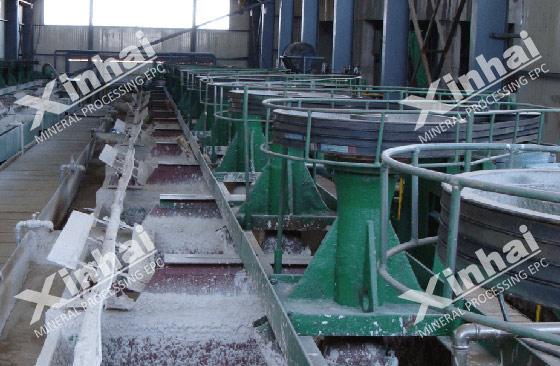
In order to further remove impurities and improve the purity of silica, the flotation process is usually applied. Silica flotation is mainly used to remove non-associated minerals such as feldspar and mica in ores.
① Feldspar mineral removal
Silica and feldspar have similarities in physical properties, structure and chemical composition. Therefore, they can be effectively separated by flotation. The conventional flotation process is divided into three categories: "fluorine acid", "fluorine-free acid" and "fluorine-free acid-free".
Fluorine acid: Silica-feldspar flotation separation is carried out in an acidic pH environment with hydrofluoric acid activator and cationic collector. The flotation effect of this method is good, the process is easy to control, and the index is stable.
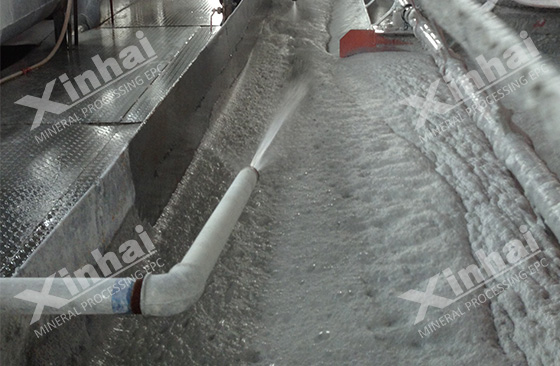
Fluorine-free and acid: it avoids the damage of fluoride ions to the environment, but the strong acid liquid in the flotation process will corrode the mineral processing equipment to a certain extent.
Fluorine-free and acid-free: Under natural pH conditions, through reasonable deployment, anions and cations are used as collectors to preferentially flotate impurity minerals.
② Mica minerals removal
The basic charge mechanism of mica is the same as that of feldspar, so in the process of feldspar impurity removal on silica, a large amount of mica ore will be removed by flotation along with feldspar. E-8 collector can also be used, and flotation is carried out by using the charge characteristics of mica lattice. In the slurry of pH 2-3, the silica silica hardly floats, so that the mica impurities are floated out.
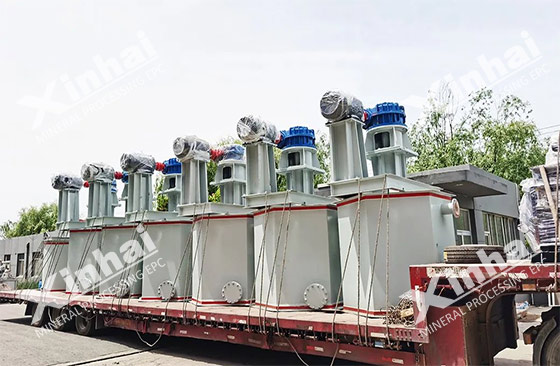
The acid leaching method is used to extract silica quartz by using the principle that quartz is insoluble in acid (except HF) and impurity minerals can be dissolved by acid. The common acid solvent oils are HCI, HNO3, H2SO4, HF, etc. The reducing agent can be sulfurous acid and its salts. For different metal impurities, the types and concentrations of applicable acids are different. It is believed that various dilute acids have significant effects on the removal of iron, aluminum and magnesium. Concentrated H2SO4, aqua regia or HF acid can remove titanium and chromium. Iron and titanium on the surface of silica particles can be removed better by HF. The extraction effect of acid leaching is related to mineral composition, acid concentration, leaching time, temperature, mineral particle size, etc. Therefore, different acid solutions should be used for purification operations according to the actual situation.
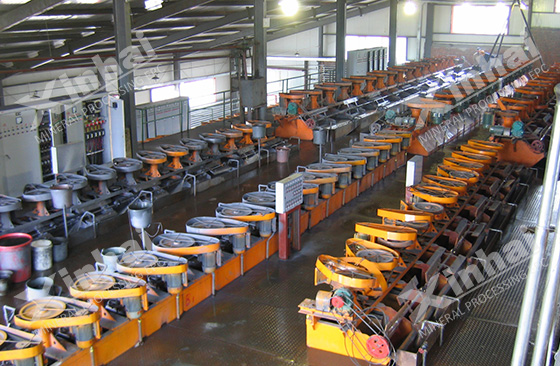
When choosing the extraction process of silica quartz, you should consider the occurrence state of impurity minerals in the raw materials, beneficiation cost, and the use and requirements of the finished concentrate. It is suggested that enterprises should reasonably formulate the process flow of silica beneficiation and extraction according to the beneficiation test report of the formal laboratory, and purchase professional and standardized production equipment to ensure that the silica extraction can get the expected effect.
To find out more about our products and solutions, please fill out the form below and one of our experts will get back to you shortly.